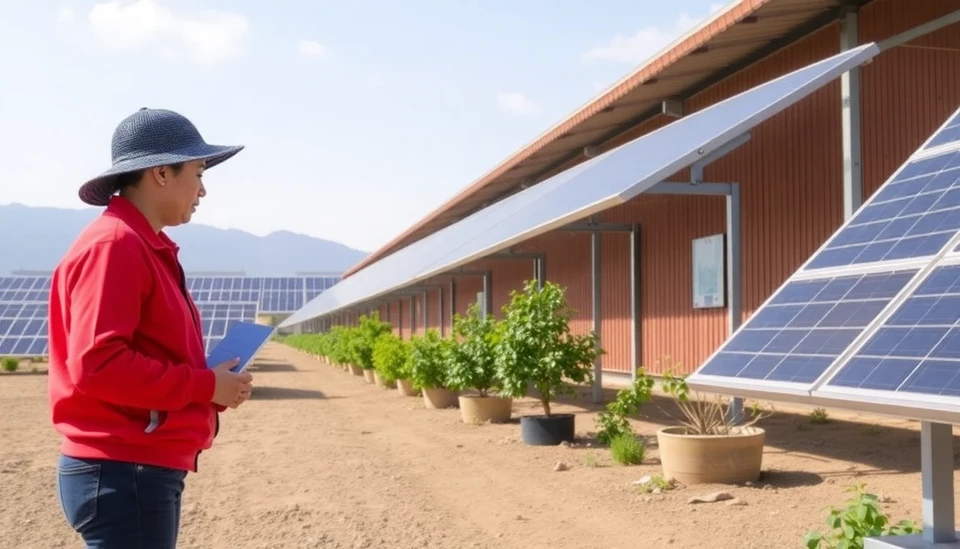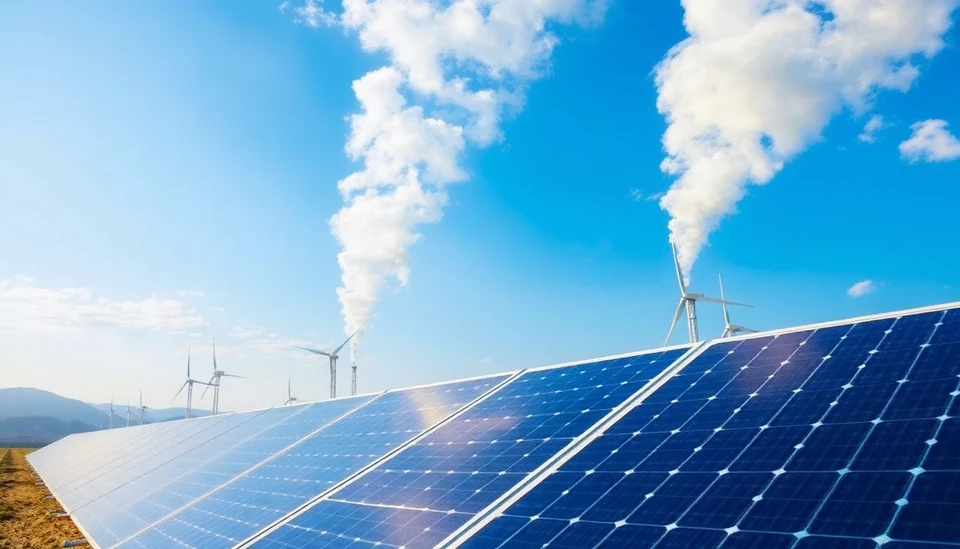
In a recent report by the China Electricity Council (CEA), efforts initiated by the Chinese government to manage the oversupply of solar panels have shown a rather limited impact. Despite ambitious targets and policies aimed at stabilizing the solar market, the CEA indicates that the glut of solar products persists, echoing concerns raised by industry stakeholders regarding the sustainability of current practices.
The report highlights a critical juncture for China's solar industry, which has been under scrutiny as the global market witnesses decreasing prices and excess supply from local manufacturers. This situation comes at a time when many countries are struggling to meet renewable energy targets, leading to a paradox where Chinese solar panels—typically viewed as a solution for green energy transitions—have become emblematic of market imbalances.
Industry analysts point out that while China is the world's largest producer of solar panels, the unrestrained production capacities have led to a decrease in profit margins for manufacturers. The CEA's findings suggest that recent government measures to curtail production and promote domestic consumption have yet to yield substantial results, with inventory levels remaining high.
In an attempt to counteract the imbalance, the Chinese government has implemented several policies aimed at encouraging investment in solar infrastructure and enhancing domestic demand. However, despite these initiatives, many manufacturers are faced with the dilemma of either scaling back production or risking financial instability due to ongoing price wars.
Furthermore, the report illustrates that international competitive pressures exacerbate the challenges faced by Chinese solar manufacturers. Many global markets are increasingly turning towards alternative suppliers or technologies, further complicating China's strategic response to the solar glut. The continuing trend of cheap imports from other countries poses additional threats to local firms, which are now tasked with innovating to retain their market share.
The CEA has called for a more diversified approach to the solar market, emphasizing the need for policymakers to create a balanced ecosystem that fosters innovation while also addressing the oversupply issue. As it stands, the current trajectory raises questions about the long-term viability of China’s solar industry and the broader implications for global renewable energy efforts.
As the solar panel market continues to grapple with these issues, stakeholders and analysts alike will be watching closely to see how the situation unfolds. The effectiveness of policy measures, international trade dynamics, and market demand will all play pivotal roles in shaping the future landscape of solar energy in China and beyond.
As countries around the world strive toward achieving sustainable energy goals, the developments within China's solar industry serve as a cautionary tale of market imbalance that could have far-reaching consequences in the renewable energy sector.
#ChinaSolar #RenewableEnergy #MarketGlut #SolarPower #EnergyPolicy #Sustainability
Author: Samuel Brooks


